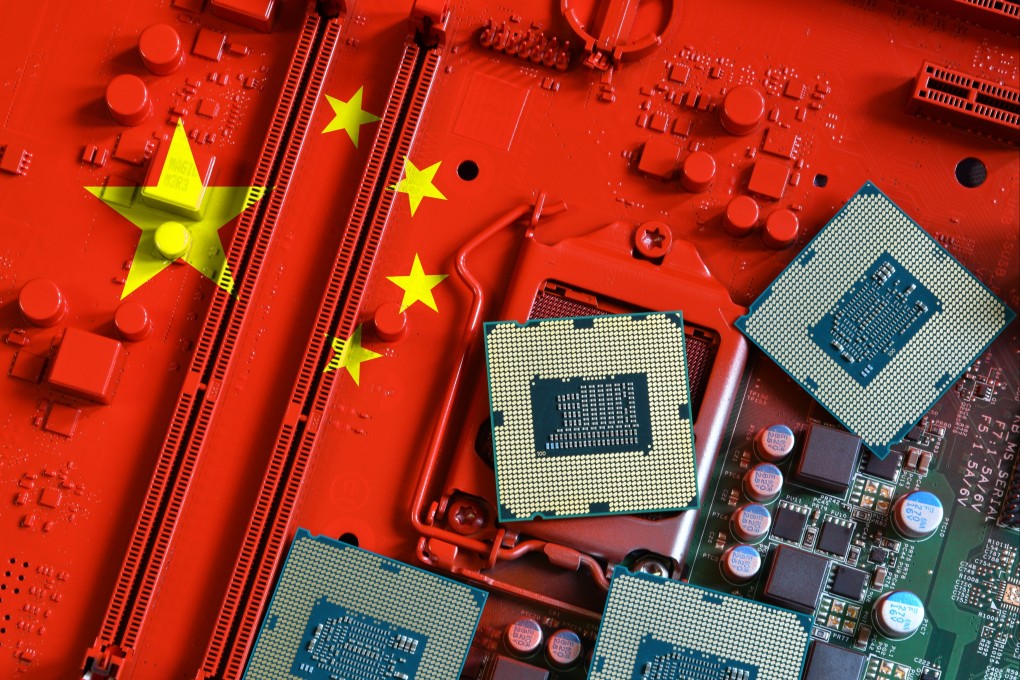Beijing hits back at US plan to scrutinise China’s role in legacy chip supply chain
- China’s foreign ministry spokesman on Friday urged Washington to respect international trade rules and market-based principles
- The value of China’s US-bound exports of chips grew 17 per cent year on year to US$1.3 billion in the first 11 months of the 2023

US moves to investigate American companies’ procurement of Chinese-made legacy node chips has triggered a backlash from the Chinese government, which blamed Washington for “weaponising” trade issues.
China’s foreign ministry spokesman Wang Wenbing said on Friday that the US move would endanger global supply chains, urging Washington to respect international trade rules and market-based principles.
The survey was designed to “create a level playing field for legacy chip production, and reduce national security risks posed by China”, it said.
“The citing of national security is just a pretext to maintain US competitiveness in legacy chips,” Ma Jihua, a veteran telecoms observer, was quoted as saying on Friday in the Chinese nationalist tabloid Global Times. Ma said China has advantages including lower costs, faster research and development progress, and more diverse applications compared to the US.